Water Tank With Contactor Wiring:
This diagram shows how to make Water Tank With Contactor Wiring. In this circuit, we use a DP MCB ( Double Pole Miniature Circuit Breaker ), an RCCB ( Residual Current Circuit Breaker ), a magnetic contactor, two water tanks, two float switches, and a single-phase motor. First, we need to connect the DP MCB with the power source, then connect the RCCB and magnetic contactor with the DP MCB. Then connect the water tanks and the motor with the contactor.
Advertisements
Components needed For this Project:
You can get the components from any of the sites below:
- DP MCB 16A [See Buy Click Amazon]
- DP RCCB 16A [See Buy Click Amazon]
- Magnetic Contactor 25A [See Buy Click Amazon]
- Single Phase Motor (1 HP) [See Buy Click Amazon]
- Water Tank 1000L [See Buy Click Amazon]
- Float Switch Water Level Controller [See Buy Click Amazon]
*Please note: These are affiliate links. I may make a commission if you buy the components through these links. I would appreciate your support in this way!
Advertisements
Components used to make the Water Tank With Contactor Wiring:
DP MCB In 2 Pole MCB, switching & protection is affected in phases and the neutral. A Double Pole or DP Switch is a Switch that Controls 2 Circuits at the same time. In terms of Residential Switching, this Normally means it Switches the live and Neutral at the same time. In Layperson Terms, Double Pole switches or DP Switches are Exclusively Designed to Control 2 Different Electrical Circuits at the same time, which allows the Appliances to Isolate safely and reliably. Fan or light Combinations and Medical Equipment are some of the many applications for DP Electrical Switches and Electrical components.
02. RCCB:
The Residual Current Circuit breaker RCCB is the Safest device to detect and Trip against Electrical Leakage current. This ensures protection against Electric shock Caused by indirect contact. Circuit breakers (CB) are automatically Operated Electrical Switches that Protect Electrical Circuits from Short-Circuiting or Overloading systems. It Protects against many major accidents. RCCB Circuit Breaker is an Electrical Wiring device whose function is to disconnect the current in the circuit.
A magnetic contactor is an electromagnetic switching device. It is generally used for controlling 3-phase Motors. The operation of a magnetic contactor is similar to that of a Relay. but a relay is used for low-power or low-voltage connections, and a magnetic contactor is used for high-power or high-voltage connections. As soon as the supply is applied to the magnetic contactor coil. its normally open contacts are closed and normally closed contacts are opened and the associated devices are also operated. This is how a magnetic contactor works.
04. Single Phase Motor:
A Single-Phase Motor is an Electrically-Powered Rotary Machine That Can Turn Electric Energy into Mechanical Energy. It Works by Using a Single-Phase Power Supply. Single-phase Motors Are Used in Equipment And Machines That Are Smaller in Size And Require Lower Horsepower. This Includes Equipment Such As Refrigerators, Pumps, Compressors, Fans, and Portable Drills. Single-phase motors Have a Similar Construction to The 3-phase Motor, Including an AC Winding That is Placed on The Stator And Short-Circuited Conductors That are Placed in a Cylindrical Rotor.
Water tank storage is the storage of water, which we use for domestic, agricultural, and industrial purposes. Water storage tanks come in a variety of materials, shapes, and sizes depending on the intended use of the tank. A water storage tank is main role is to store water before it can be used for drinking, washing, cleaning, etc. - but many storage tanks are more complicated than they seem. There are some common types of water storage tanks that we use in homes. 1. Well-pressure tank 2. The thermal expansion tank 3. Reverse osmosis tank.
06. Float Switch:
A Float Switch is a type of Level Sensor Device Used to Detect the level of liquid within a tank. The Switch May be Used to Control a Pump, as an Alarm, as an Indicator, or to Control Other Devices. 1 type of Float Switch Uses a Mercury Switch Inside a Hinged float. Another common type is a Float Switch That Raises a rod to Actuate a Microswitch. One Pattern Uses a reed Switch Mounted in a Tube Float, Containing a Magnet, Surrounding the Tube, and Guided by it.
Thank You for visiting the website. Keep visiting for more Updates.
Frequently asked questions
A contactor is typically controlled by a circuit diagram that has a much lower power level than the switched circuit, such as a 24-volt coil electromagnet controlling a 230V motor switch. Unlike general-purpose relays, contactors are designed to be directly connected to high-current flow load devices.
Do lighting contractors need a neutral? Generally no; just like light switches. However, sometimes if the contactor is in a system that is served from multiple sources, say a battery and AC power, an extra wire would be desired, even if not absolutely required, for system separation.
Contactors are almost exclusively of designed to operate with normally open (Form A) contacts. Relays on the other hand could and often are both Normally Open and/or Normally Closed depending on the desired function. This means that with a contactor and when it is de-energized there is (typically) no connection.
An electronic contactor is a simple switching device, whereas the circuit diagram breaker is a protective system. The primary function of a contactor is controlling the power supply. A circuit breaker does the protecting. The contractor works under normal situations.
The symbol for a contactor is typically represented as a box with a diagonal line through it, which indicates that it is a contactor. Contactors are commonly used in electrical circuits to control the flow of electricity to a load.
Read more Single Phase Wiring
What is a kilowatt-hour (kWh) | kwh formula | What does kwh mean
Introduction to Electrical Units and CircuitskW and kWh on your electricity bill As your home uses electricity during...
What is the Difference Between kVA | What does KVA mean | kVA formula
Difference Between KVA ExplainedWhat does KVA Mean? There are technical terms aplenty when it comes to generators, and...
Power Factor | Power Unit | Energy | Electricity Unit
Power factor definition | Calculating Power FactorPower Factor Values In a purely resistive circuit, the power factor...
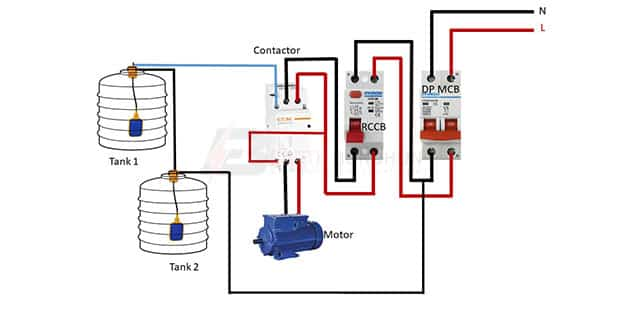

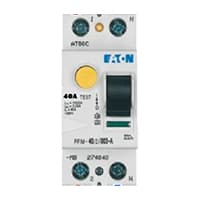
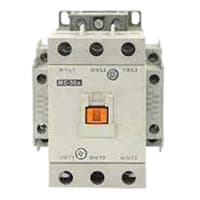
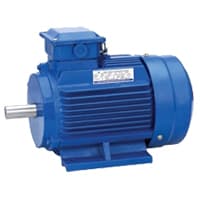
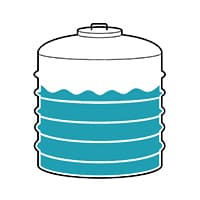

0 Comments